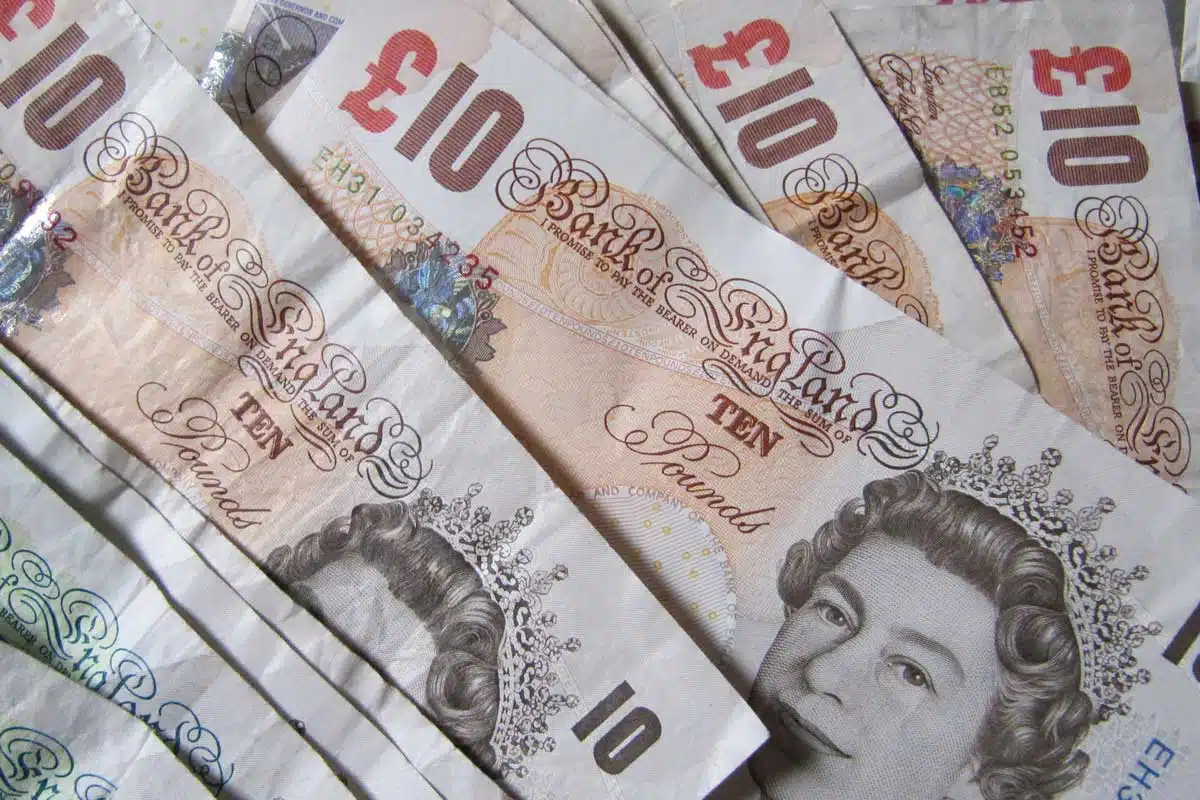- The British Pound demonstrates impressive resilience in its exchange rate with the US Dollar, benefiting from various positive factors.
- There may be less anticipation of a second consecutive interest rate cut by the BoE if UK retail sales continue their strong expansion.
- The US Dollar is having difficulty maintaining its rebound from Thursday, which was fueled by positive economic data.
The British Pound (GBP) performed exceptionally well compared to other major currencies during Friday’s trading session in New York. The British currency experienced a notable increase as the United Kingdom (UK) Office for National Statistics (ONS) announced that Retail Sales bounced back in July, as anticipated, following a significant decline in June.
According to the report, Retail Sales experienced a monthly increase of 0.5% and an annual increase of 1.4%. According to the report, there was a significant increase in sales receipts at department stores and sports equipment stores. Retailers believe that the combination of summer discounts and sporting events like the European Football Championship played a crucial role in driving sales growth. In contrast, there was a significant decline in the demand for automotive fuel.
Retail sales play a crucial role in gauging consumer expenditure. Due to high consumer demand, the economy may face inflationary pressures, which could potentially affect the Bank of England’s decision on interest-rate cuts in September. The Bank of England commenced lowering its primary borrowing rates in early August; however, the decision to cut rates was met with a divided vote of 5-4.
The upcoming monetary policy meeting of the BoE in September may present some challenges. The rate of inflation in the UK service sector experienced a significant decrease in July as a result of the deceleration in wage growth momentum.
Nevertheless, the most recent labor market data also revealed a surprising decline in the Unemployment Rate, indicating that the economy is undeniably on a trajectory of growth.
Pound Sterling Reaches Its Highest Point in Three Weeks Against the US Dollar
- As compared to the US Dollar (USD), the Pound Sterling is soaring near the important resistance level of 1.2900. In North American trading on Friday, after a big rebound on Thursday, the GBP/USD pair is gaining steam as the USD weakens. After failing to maintain its recovery from Thursday’s 10-day low of 102.27, the US Dollar Index (DXY), which tracks the value of the US dollar versus six major currencies, fell below 103.00.
- The rebound in the US Dollar was triggered by solid expansion in United States (US) monthly Retail Sales for July and better-than-anticipated weekly Jobless Claims. Positive US data alleviates concerns of an economic downturn, thwarting hopes for a forceful monetary policy adjustment from the Federal Reserve (Fed) in September.
- Based on data from the CME FedWatch tool, it appears that the chances of 50 basis points (bps) interest-rate reduction have decreased to 29.5% from the previous week’s 51%. Despite the decrease in market speculation for substantial interest rate reductions, there is still a strong belief that a more accommodative decision will be made in September.
- The recent decline in the number of Americans filing for unemployment benefits for two consecutive weeks indicates that the state of the labor market may not be as dire as noted in the July Nonfarm Payrolls (NFP) data. The official employment data showed a decrease in job opportunities and a notable increase in the unemployment rate.
- Meanwhile, Federal Reserve policymakers are also indicating their satisfaction with the market’s expectations of interest rate cuts. During a recent statement, St. Louis Federal Reserve President Alberto Musalem stated that it might be appropriate to consider making adjustments to the current policy, which is moderately restrictive. When questioned about the present state of the labor market, he stated that “the labor market is no longer scorching.”
The Pound Sterling Is Looking to Maintain a Steady Position Above the 1.2900 Level
The British Pound surges close to 1.2900 in relation to the US Dollar. The GBP/USD pair is continuing its upward movement, which began from a low point of 1.2665 six weeks ago. This is due to a positive divergence formation on the daily time frame, where the pair is consistently creating higher lows while the momentum oscillator is showing lower lows. Typically, this leads to a continuation of the upward trend, but it is advisable to validate this with additional indicators.
The 14-day Relative Strength Index (RSI) bounces back after discovering support around 40.00, showing indications of increased buying activity.
Fortunately, the Pound Sterling will face significant barriers at the psychological level of 1.3000 and the yearly peak of 1.3044, which will serve as considerable resistance points. On the other hand, the recovery could stumble if the asset falls below the low end of August 8 at 1.2665. The asset would be vulnerable to the June 27 low at 1.2613 and then the April 29 high at 1.2570.


